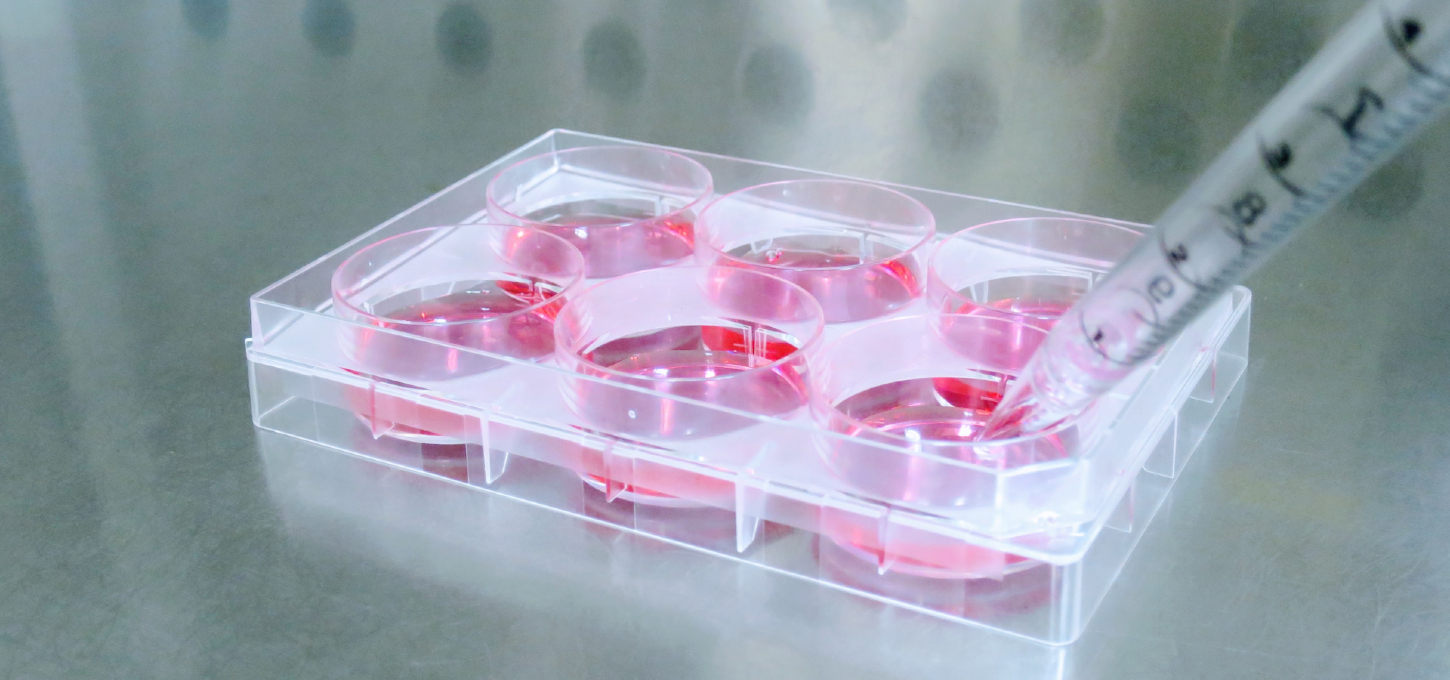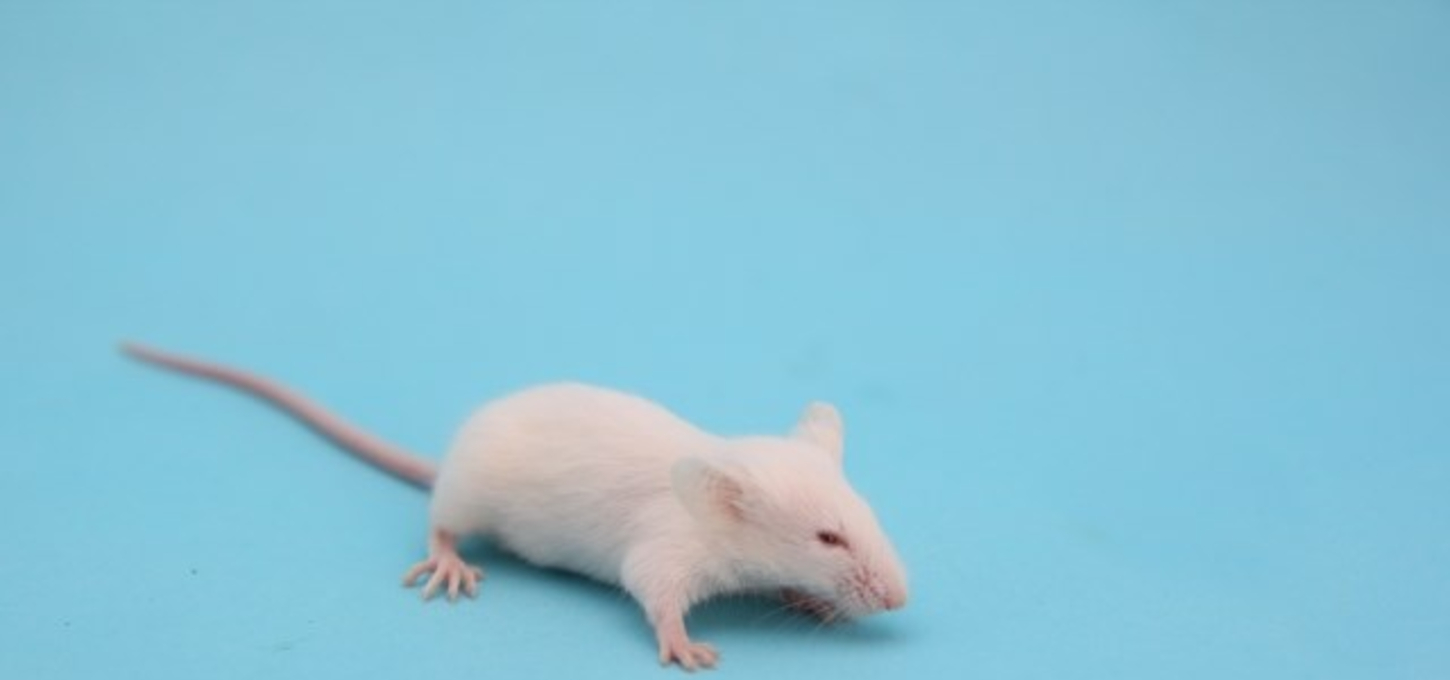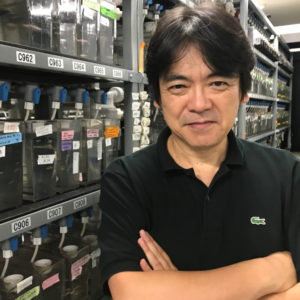The transposon technology saves cost for gene transfer to cells and animals
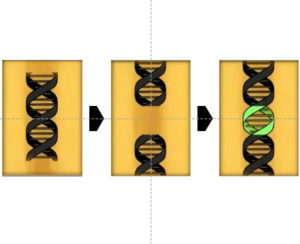
Transposon is a mobile genetic element
Transposon jumps from one locus to another via the transposase activity. This feature is used for gene transfer.
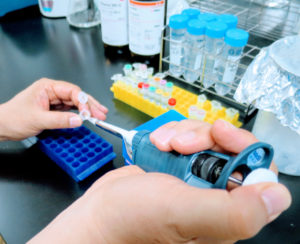
Cloning into a transposon vector
Clonig a gene of interest into a transposon vector. This step can be done by standard DNA manipulations.
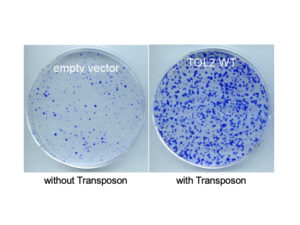
Integration through transposition
The transposon vector is integrated into the genome through transposition very efficiently.


